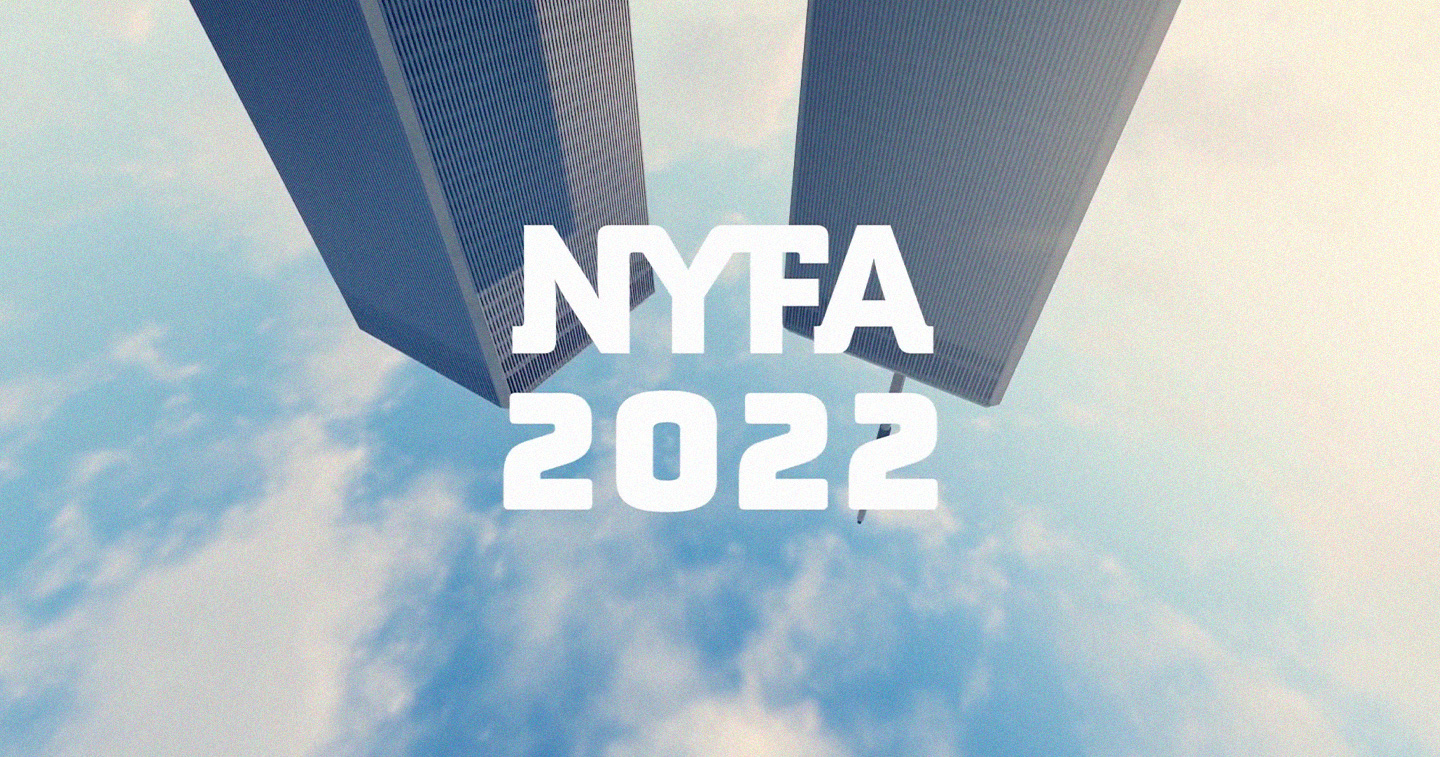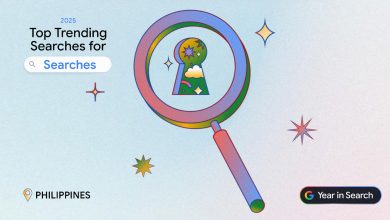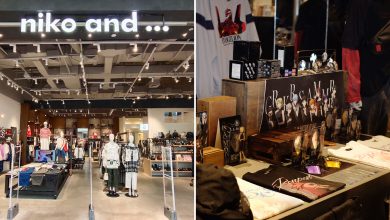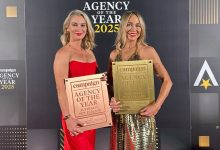NEW YORK, USA — New York Festivals International Advertising Awards debuts their newest two-part mini-documentary in partnership with NYF Executive Jury member, Craig Dobie and his partners at Applied Design, Brad and Elliot Scott.
The two-part doc contains the latest installment of NYF’s interview series, Creativity from the Other Side, hosted by former Y&R CEO David Sable. In part one’s episode, David Sable sits down with the World Trade Center redevelopment team designers, Applied Design’s Founding Creative Director Craig Dobie, and Founding Director Brad Scott as they share how they brought their design craft and creativity to the World Trade Center redevelopment project.
In part two of the series, NYF joins the Applied Design team on a descriptive walking tour of the World Trade Center. The guided tour showcases the design elements, environmental messaging, and display graphics created by Applied Design for the WTC complex.
“In their interview with David Sable and the walking tour of the campus, we learn how Applied Design found their insights and created iconic work while navigating the complexity of a public/private partnership and stakeholders with diverging desires, motives, and objectives,” said Scott Rose. “It’s a story of the power of operating with a beginner’s mindset and determined optimism.”
Throughout the tour, the team shines a spotlight on the challenges and rewards of tackling the World Trade Center redevelopment project. In-depth conversations between the team members reveal how the creation and implementation of the WTC’s brand identity and site-wide navigation system succeed in capturing the essence of the property while engaging visitors and the community.
“As New Yorkers, we knew the World Trade Center was an important story of resiliency, vitality, and hope that had to be told. Over the past several years, we have helped shape the narrative through visual identity development and implementation, environmental messaging, and by providing visitors with directions around the site through signage and wayfinding,” said a representative of Applied Design NYC.
The World Trade Center’s redevelopment was unlike any other project in scope, stakes, and historical significance. The Applied Designed team worked with both the Port Authority of New York and New Jersey to help the new World Trade Center become a vibrant and positive reality through branding and design.
The 2022 New York Festivals International Advertising Awards will announce the competition’s shortlist on June 22.








